Optimal Timing for Demolition Services
Determining the optimal time for demolition service depends on various factors including weather conditions, project scope, and local regulations. Typically, dry and mild weather periods are preferred to ensure safety and efficiency. Scheduling during these times minimizes delays caused by rain, wind, or extreme temperatures.
Demolition projects are best scheduled during dry seasons to prevent weather-related disruptions and safety hazards.
Large-scale demolitions require advanced planning, often best scheduled during periods with fewer competing projects.
Compliance with local permits and regulations can influence the timing of demolition work, often requiring coordination with municipal schedules.
Avoiding times of high wind or extreme heat can improve safety and reduce operational risks.
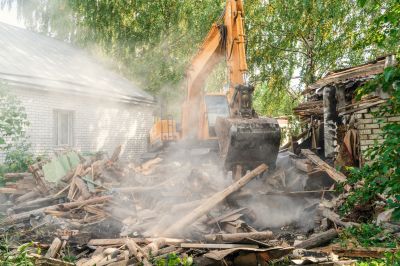
Heavy machinery preparing for demolition work.
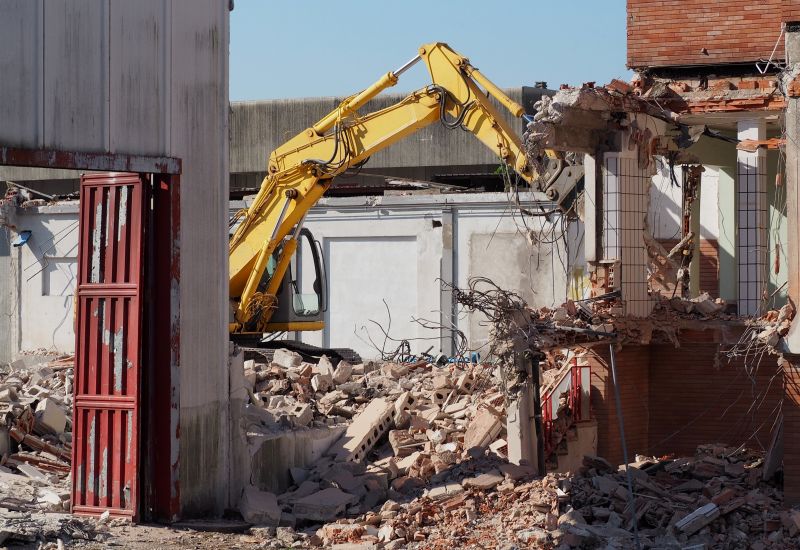
Clearing and preparing a site for demolition.

Explosive demolition in progress.

Ways to make Demolition Service work in tight or awkward layouts.

Popular materials for Demolition Service and why they hold up over time.

Simple add-ons that improve Demolition Service without blowing the budget.

High-end options that actually feel worth it for Demolition Service.
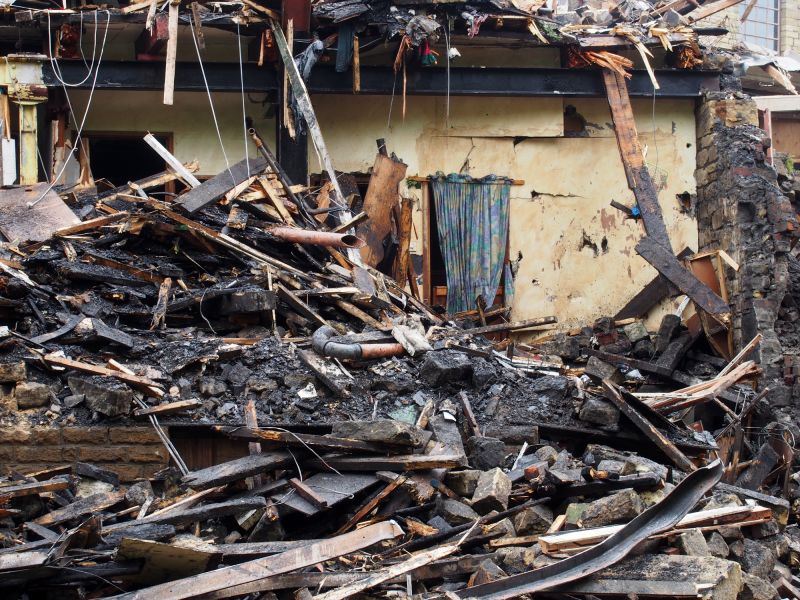
Finishes and colors that play nicely with Demolition Service.
Demolition services encompass a range of activities including structural teardown, site clearing, and debris removal. Proper planning and timing are essential to ensure safety, minimize environmental impact, and adhere to local regulations. Advanced equipment and experienced operators contribute to efficient project execution, reducing downtime and costs.
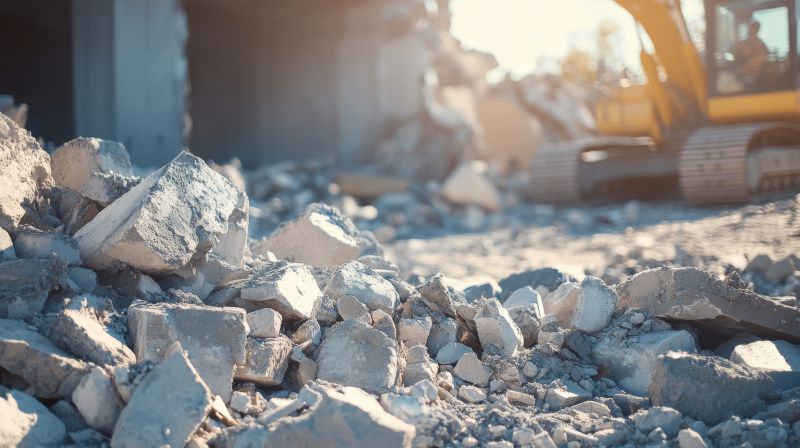
Efficient cleanup after demolition.
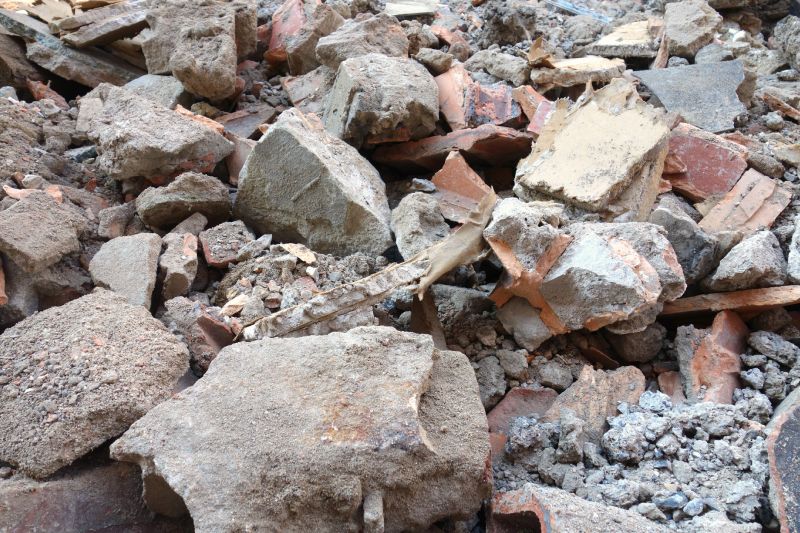
Sorting and recycling debris on-site.

Workers wearing safety equipment during demolition.

Demolition in an urban environment.

Little measurements that prevent headaches on Demolition Service day.
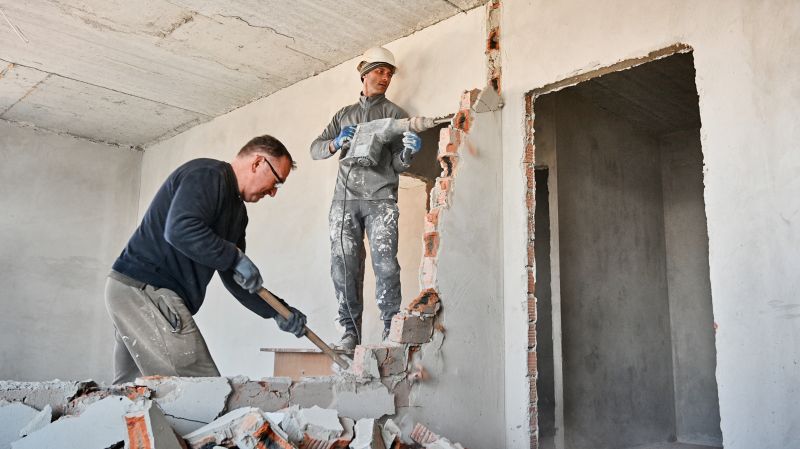
A 60-second routine that keeps Demolition Service looking new.
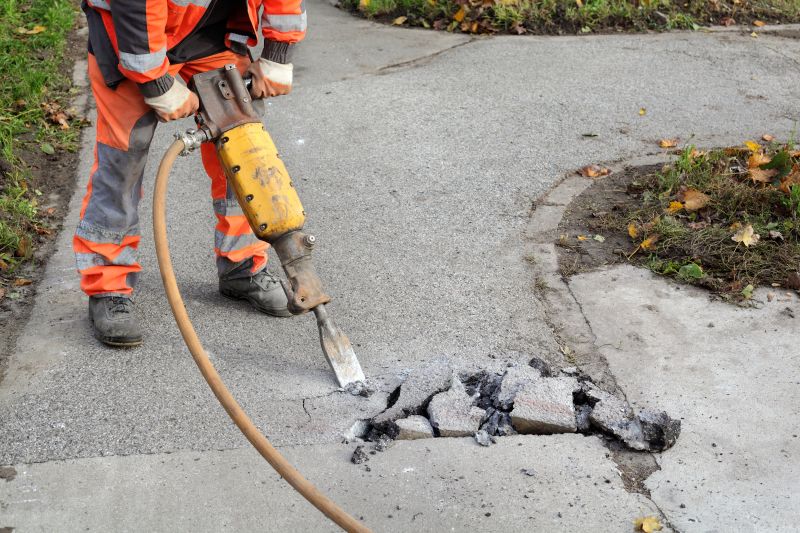
A frequent mistake in Demolition Service and how to dodge it.

Small tweaks to make Demolition Service safer and easier to use.
| Factor | Impact on Timing |
|---|---|
| Weather Conditions | Dry and mild weather preferred |
| Project Size | Larger projects require more planning |
| Regulatory Compliance | Permits may dictate timing |
| Environmental Factors | Avoid high wind or extreme heat |
| Operational Efficiency | Schedule during off-peak periods |
| Seasonal Considerations | Spring and fall often optimal |
| Community Impact | Coordinate with local schedules |
| Availability of Equipment | Ensure machinery and crews are available |
Choosing the right time for demolition involves careful consideration of weather, project scope, and regulatory requirements. Proper scheduling can lead to safer operations, cost savings, and timely project completion. Consulting with experienced demolition professionals can help identify the most suitable period for each specific project.

Team executing a demolition project.

Initial site setup prior to demolition.
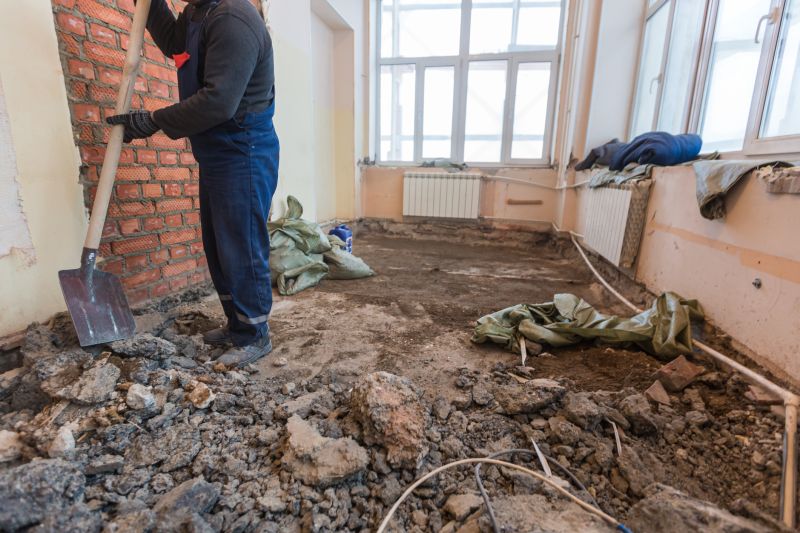
Cleared and prepared for new construction.
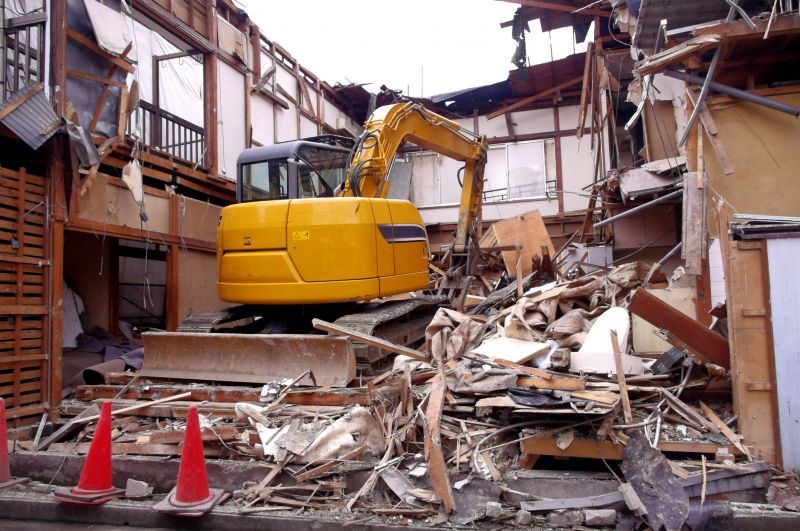
Excavators and wrecking balls in operation.

Lower-waste or water-saving choices for Demolition Service.
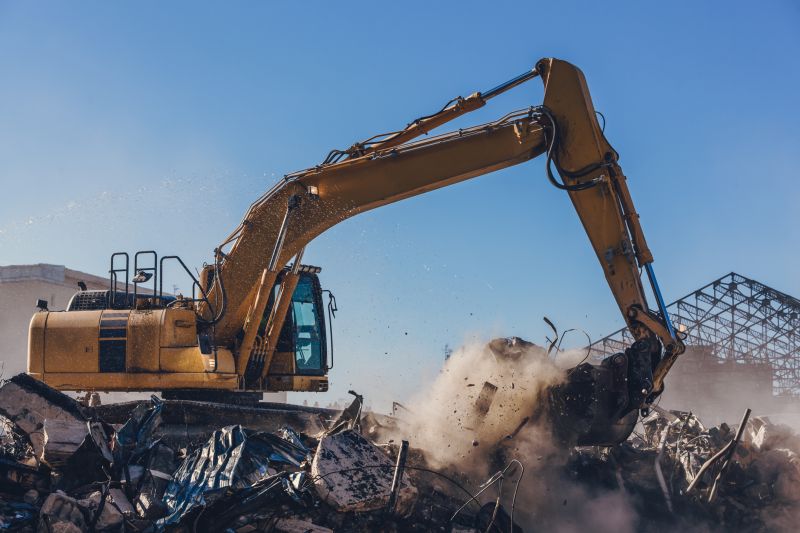
The short, realistic tool list for quality Demolition Service.

Rough timing from prep to clean-up for Demolition Service.

Quick checks and paperwork to keep after Demolition Service.
Interested parties are encouraged to contact for detailed planning and scheduling assistance. Proper timing ensures safety, efficiency, and compliance throughout the demolition process.
